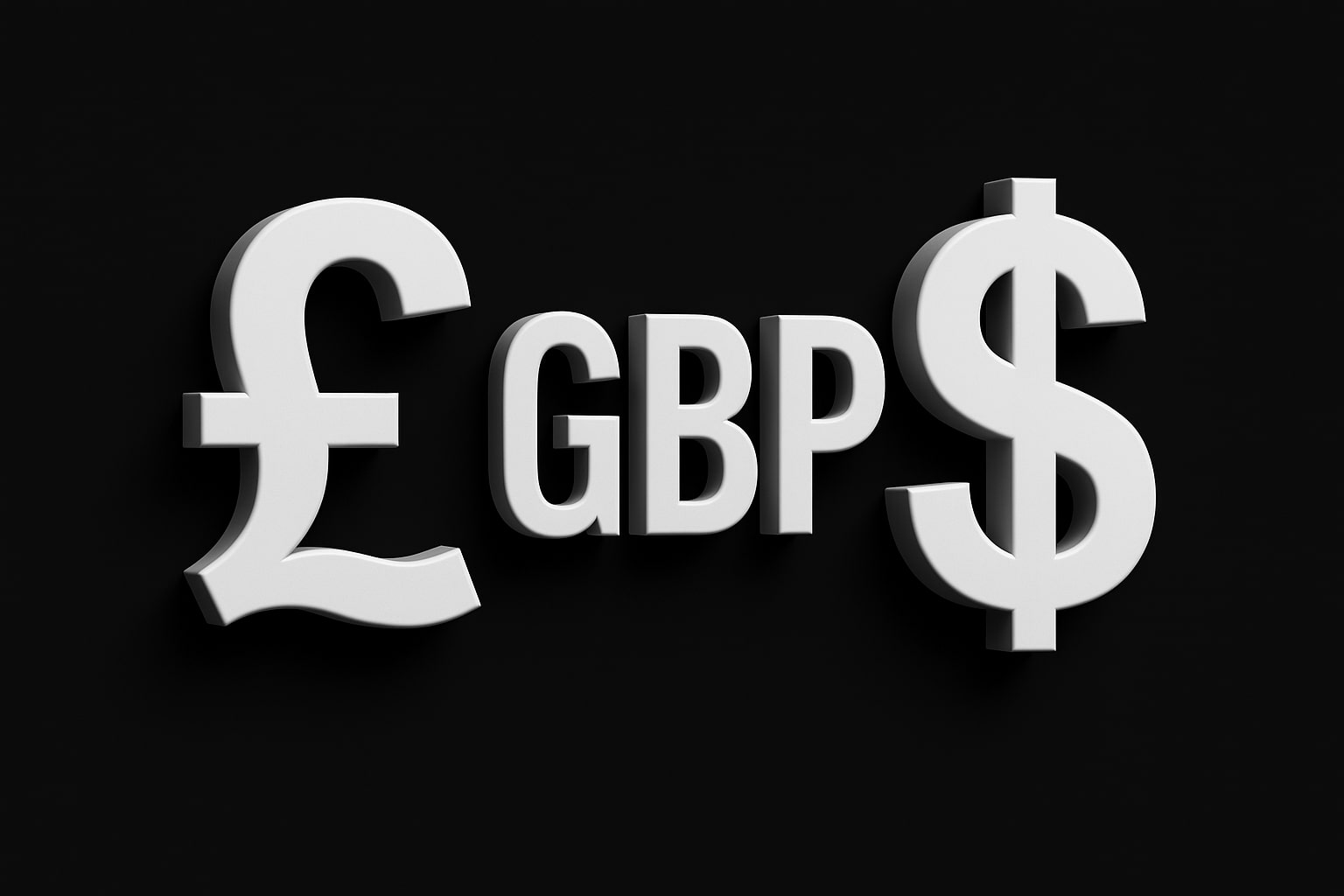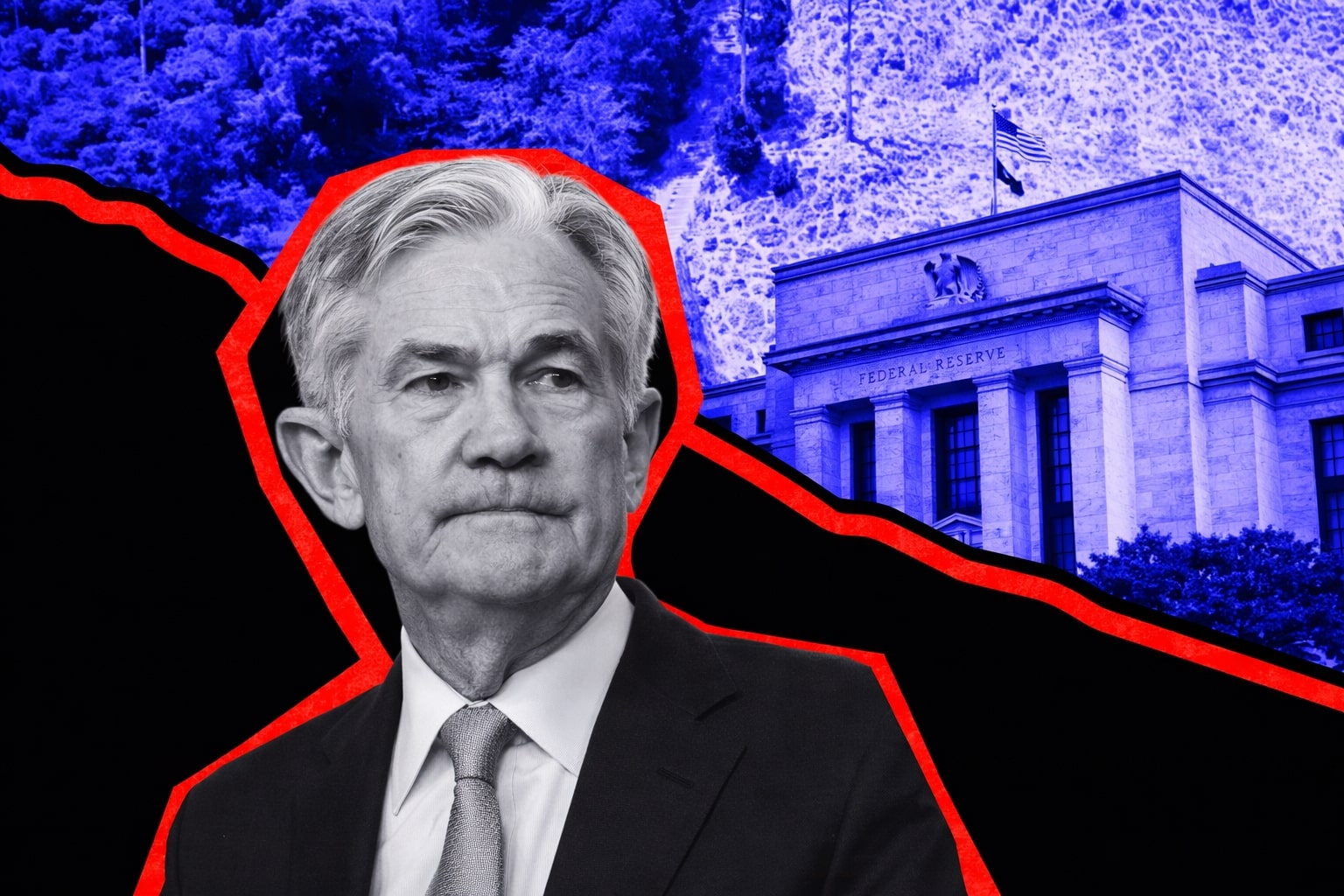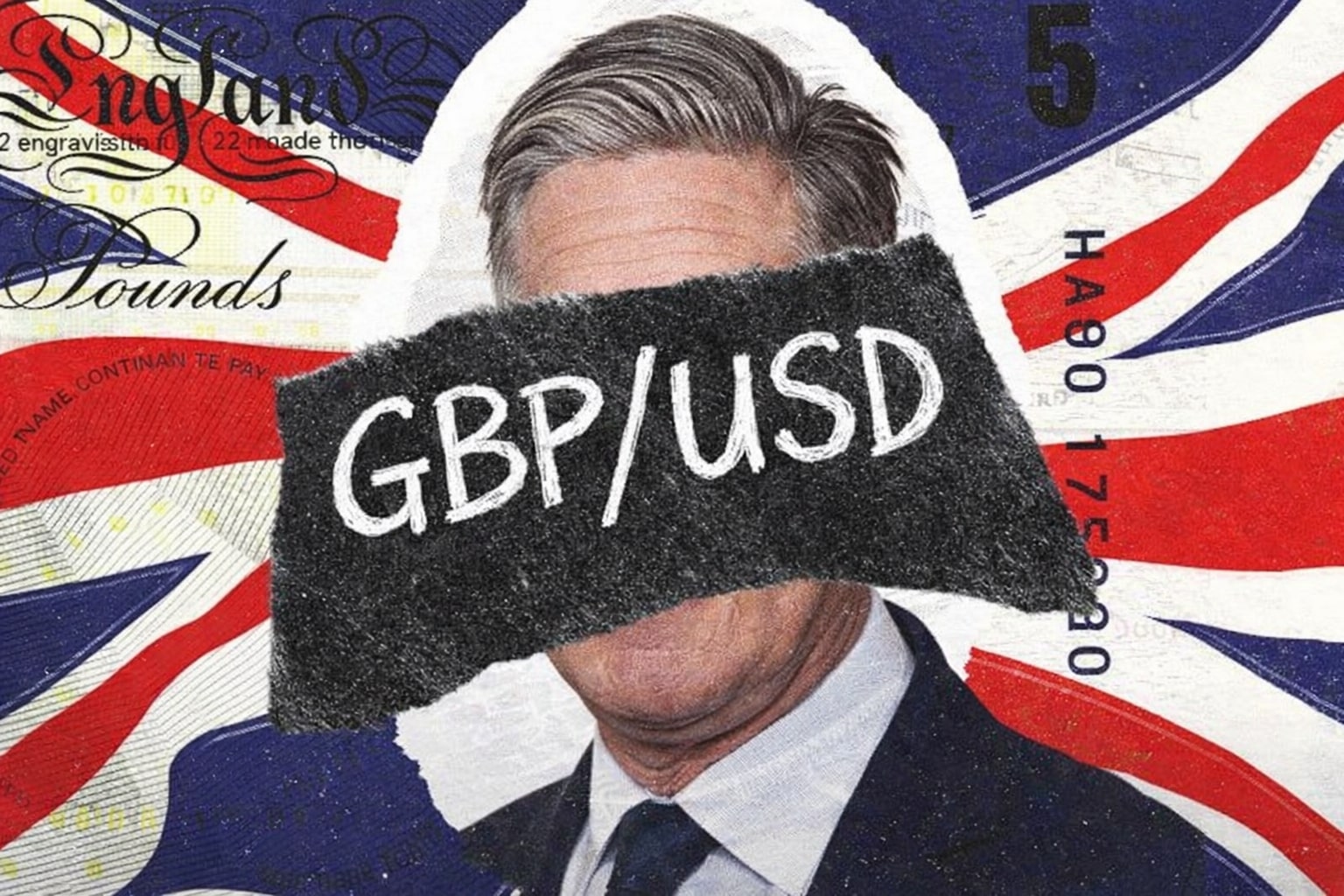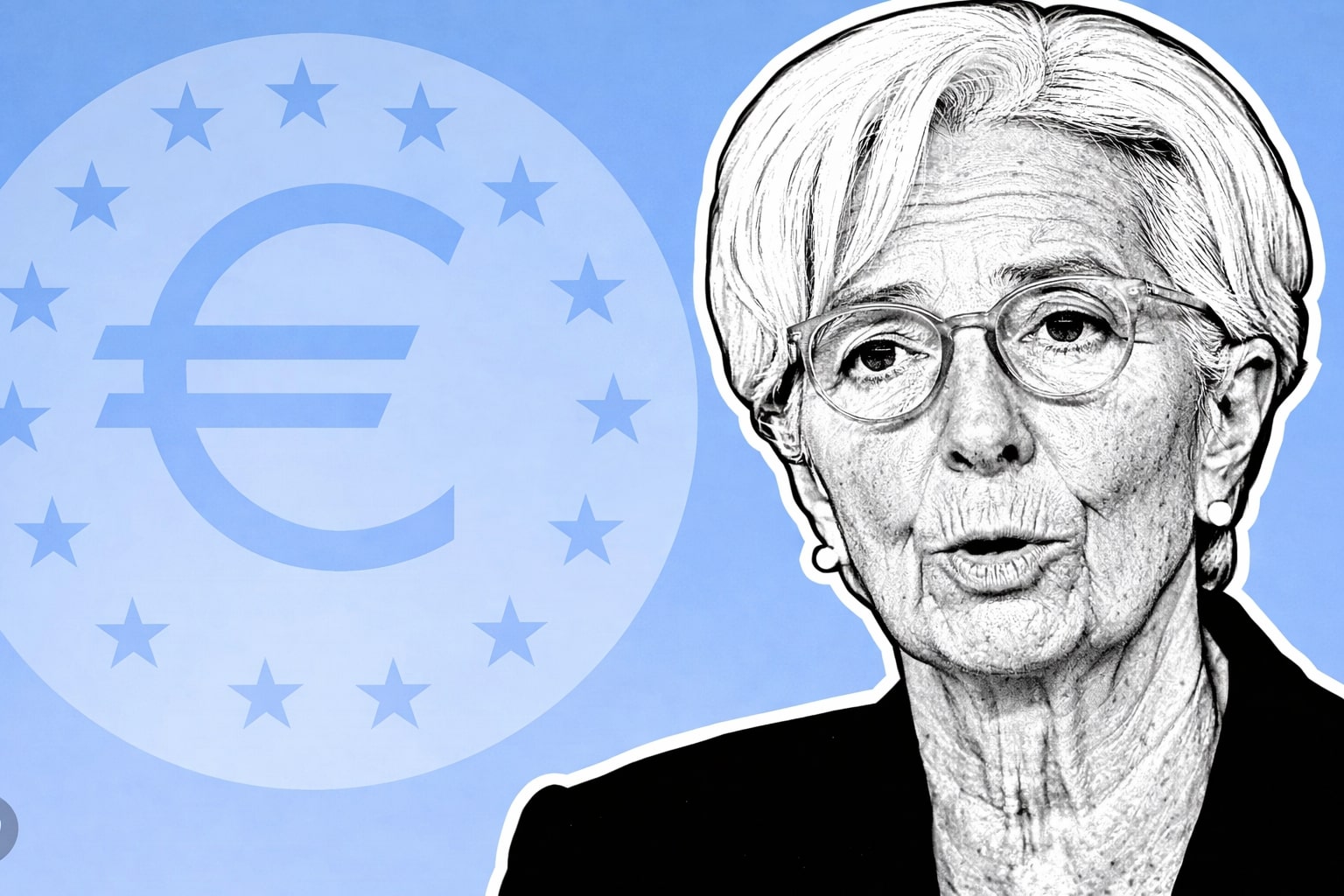
GBP/USD Breaks Multi-Year High at 1.3765 as Dollar Slumps Under Fed, Geopolitical Strain
Sterling Rallies on BoE Cut Signals, Weak US Data, and Trump’s Attack on Powell | That's TradingNEWS
GBP/USD Extends Multi-Year Rally as Dollar Slumps and Fed Faces Political Heat
The GBP/USD pair surged to a 41-month high at 1.3765, extending gains for a fourth straight session. This sharp move was underpinned by heavy US Dollar selling as markets reacted to mounting political pressure on the Federal Reserve and increasing confidence that interest rates in the US are headed lower. President Donald Trump's renewed criticism of Fed Chair Jerome Powell, calling him "terrible" and hinting at his replacement by summer, triggered the decline in the Dollar Index, which dropped below 97.50, exacerbating the bullish pressure on cable.
US Political Pressure Undermines Dollar Confidence, Fuels GBP/USD Surge
Trump’s remarks came after Powell’s two-day Senate testimony, where he reiterated a data-dependent policy approach but showed no urgency to cut rates. The President’s attack on Powell’s independence rattled global markets and raised fears of political interference in US monetary policy. The sharp response from FX markets saw the GBP/USD pair jump from a base of 1.3622 to 1.3765, shattering resistance levels one by one.
The situation is compounded by the fact that Trump reportedly has replacement candidates in mind, including Kevin Warsh and Christopher Waller, both perceived as more hawkish. Market participants are now pricing in a 70% probability of a September Fed rate cut if macro data disappoints. This scenario has put the US Dollar on the defensive, redirecting flows into G10 peers like the Pound.
Bank of England Sends Dovish Hints, but Sterling Stays Resilient
Despite an internal shift toward rate cuts at the Bank of England, the GBP/USD pair remained resilient. BoE Governor Andrew Bailey and Deputy Governor Dave Ramsden both acknowledged signs of a cooling labor market. Ramsden, who already voted for a rate cut, warned that inflation may soon fall below the 2% target. Meanwhile, Bailey expressed concerns about the reliability of recent jobs data, even as wage growth slowed and inactivity rose.
The dovish tilt at the BoE might have capped upside in a different context, but the market remains fixated on the Dollar’s weakness. The Pound was the second-best performing G10 currency on Thursday, trailing only the Japanese Yen.
Labor Market Worries Emerge in UK, but Traders Ignore Domestic Stress
The British Chambers of Commerce reported that one-third of SMEs are preparing to cut staff as a result of rising National Insurance contributions, which increased from 13.8% to 15%. This employment stress normally would dent confidence in the Pound, but for now, investors are overlooking local concerns.
A Citi/YouGov survey revealed inflation expectations in the UK dipped slightly to 3.9% in June from 4.0% in May, giving the BoE room to ease without igniting inflation fears. Market reactions suggest these domestic risks are being heavily discounted in favor of broader macro and political themes.
Technical Setup: GBP/USD Targets 1.3880 and Possibly 1.4000
From a charting perspective, GBP/USD remains in a strong bullish channel. After a tight consolidation near 1.3622, the pair exploded higher, breaching the upper boundary and clearing resistance at 1.3723, 1.3764, and now eyeing the next target at 1.3880.
The MACD remains bullish on the H4 chart, with its signal line above zero and climbing. However, on the H1 timeframe, Stochastic indicators point to short-term overbought conditions. A pullback toward 1.3630 remains a possibility before bulls retest 1.3810 and stretch further toward the psychological 1.4000.
Support zones sit firmly at 1.3700, 1.3650, and the invalidation threshold of 1.3640, where a bearish reversal may be confirmed if momentum stalls.
Risk Appetite Strengthens Amid Iran-Israel Ceasefire and U.S. Data Focus
The broader risk backdrop has turned favorable for GBP/USD bulls. The temporary ceasefire between Iran and Israel helped unwind haven flows into the Dollar, pushing investors toward risk-sensitive currencies. Markets now await Friday's Core PCE Index and Q1 US GDP data, with expectations that weak prints could further enhance the case for Fed easing.
Additionally, Powell’s testimony revealed concern about tariff-driven inflation, but he stopped short of suggesting near-term rate moves. The market interpreted this as indecision under political pressure, again to the detriment of the Dollar.
Pound’s Strength Defies Softening Fundamentals as Sentiment Dominates
Even as macro cracks appear in the UK economy, GBP/USD price action has decoupled from local fundamentals. The pound’s momentum is now largely a function of US Dollar weakness, risk appetite, and political instability in Washington. While BoE insiders have shifted dovish, their stance appears to be drowned out by the louder Fed drama.
The bullish tone is undeniable. The price has cleared multiple technical hurdles, remains supported by a deeply oversold Dollar, and is insulated by global capital shifts in FX positioning. As long as Fed uncertainty and political risks persist in the US, GBP/USD remains bid.
Verdict: GBP/USD Is a Strong Buy Above 1.3700 With 1.4000 in Sight
Based on technical structure, political pressure on the Fed, and capital flow trends, the GBP/USD outlook remains bullish. The pair’s ability to defy UK labor weakness and BoE rate cut signals underscores the power of US political risk and market sentiment.
A close above 1.3765 opens the path to 1.3880 and 1.4000. Traders should watch 1.3640 as a critical invalidation level. If US data disappoints further and Powell loses additional political support, the Dollar may remain on the ropes — making GBP/USD a continued Buy as long as risk appetite and macro flows hold direction.
That's TradingNEWS
Read More
-
UCO ETF Price Forecast: Can NYSEARCA:UCO at $18.57 Ride a 2026 Oil Squeeze?
18.12.2025 · TradingNEWS ArchiveStocks
-
XRPI at $10.50 and XRPR at $14.93 Hit XRP ETF Lows While XRP-USD Holds $1.84 After 30 Days of Inflows
18.12.2025 · TradingNEWS ArchiveCrypto
-
Natural Gas Price Forecast: Henry Hub Holds Around $4 as EIA Draw Hits 167 Bcf
18.12.2025 · TradingNEWS ArchiveCommodities
-
USD/JPY Price Forecast: Pair Holds Above 155 As BoJ And US CPI Set Up A Major Break
18.12.2025 · TradingNEWS ArchiveForex



















